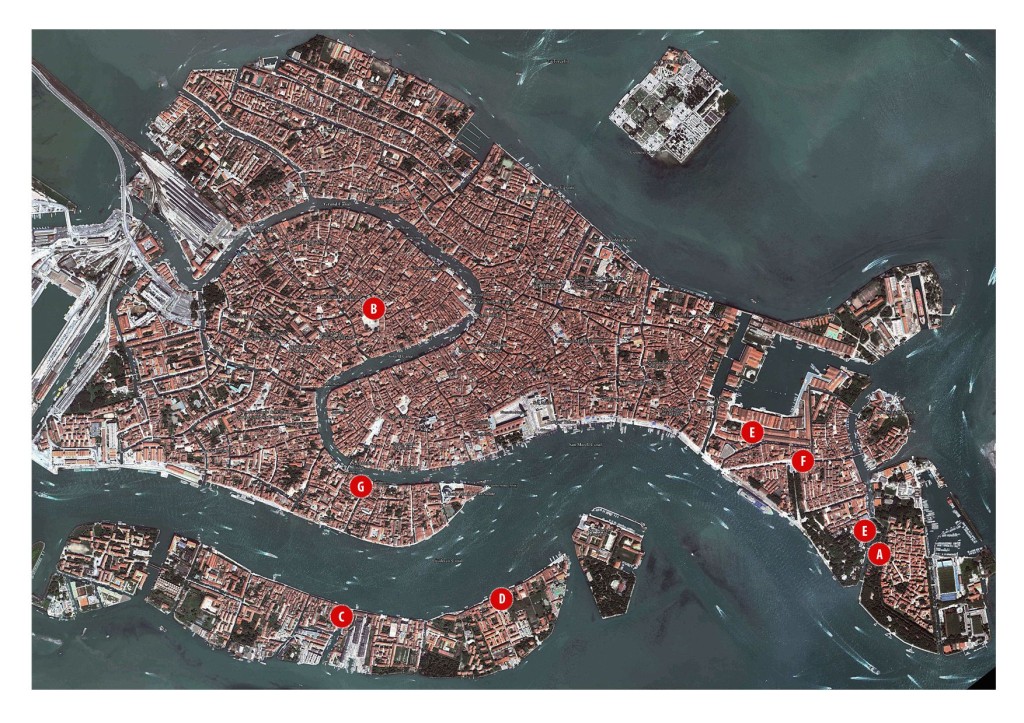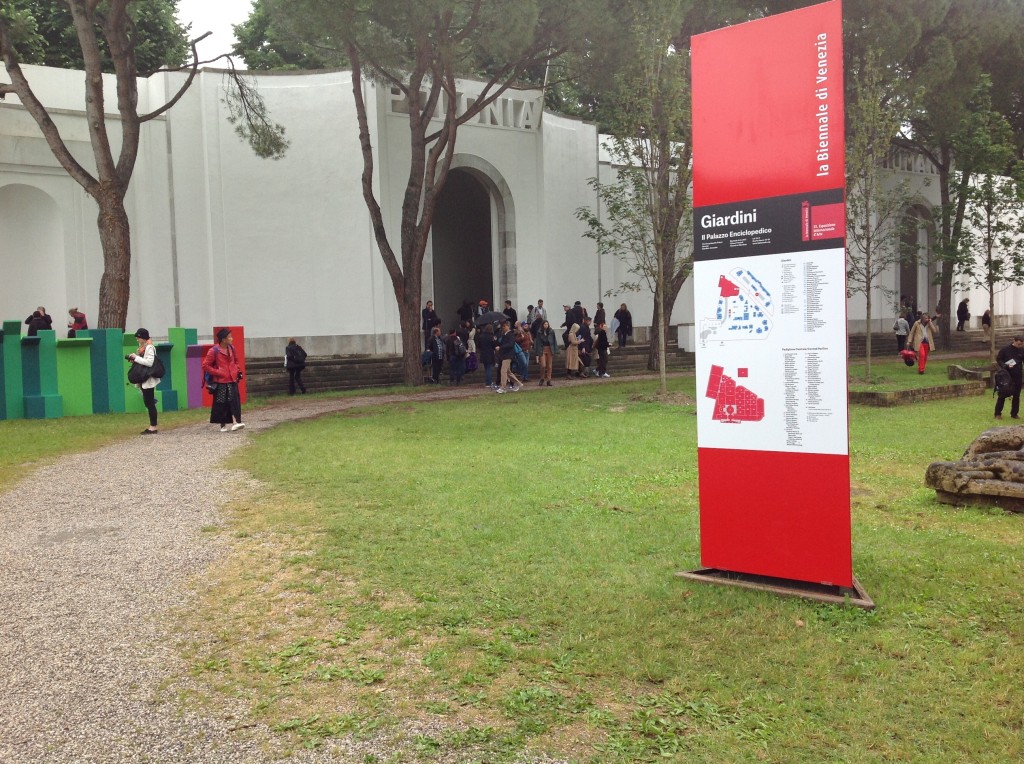Eagerly awaited the 55th Venice Biennale is just starting. A few months ago we wrote about this event in the text about Konrad Smolenski, the artist of young generation, to whom the Polish Pavilion has been handed over this year. We promised then, that we would give you a full report of what is going to happen in Venice.
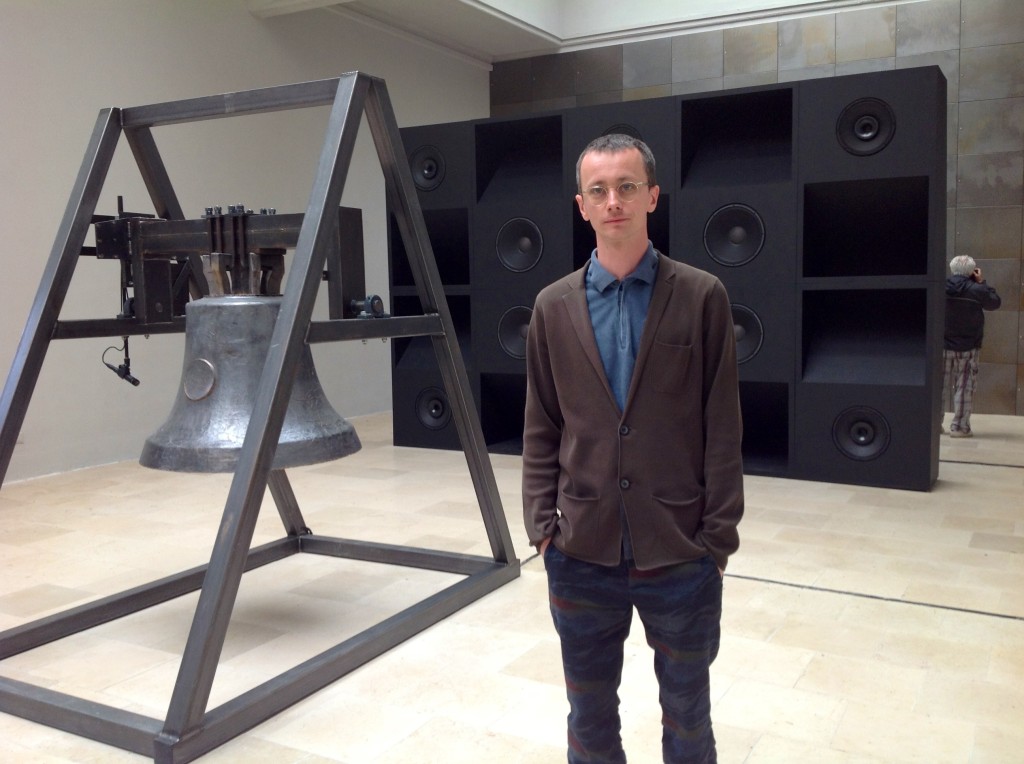
Konrad Smolenski, author of the installation “Everything Was Forever, Until It Was No More”, Polish Pavilion, photo Lynx
Today is the second day of June and the second day of the 55th Venice Biennale which will run until November 24th, 2013. We have prepared a lot of information and coverage directly from Venice for these who will visit this art celebration and also for those who will not be able to attend it, but who would like to feel its atmosphere and learn about the events as if they were in Venice. At the beginning we present you a Contemporary Lynx’s subjective guide tracking step by step this year Polish artists in Venice. We invite you to roam around the narrow streets of this most famous pearl from Veneto lagoon!!!
A.
Polish Pavilion at the Biennale Arte 2013
Everything Was Forever, Until It Was No More
Konrad Smoleński
Giardini
Opening hours: 10 am to 6 pm
Konrad Smoleński was born in 1977 in Kalisz, Poland. He graduated from the Academy of Fine Arts in Poznań in 2002, where he worked as an Assistant Lecturer in the years 2002-2009. He is a member of a Poznań artistic group Penerstwo. A co-founder and member of music bands. He received The Views – Deutsche Bank Foundation Award (2011). He lives and works in Warsaw.
This is unorthodox, as during the last twenty years of our presence in Venice, Poland has been represented by artists belonging to the canon of 20th century Polish art (Roman Opałka 1995, Zofia Kulik 1997, Stanisław Dróżdż 2003, Krzysztof Wodiczko 2009), and they were mostly artists associated with socially and politically involved art (Artur Żmijewski 2005, Yael Bertany 2011). In the last years only Monika Sosnowska, who presented a spectacular design of a skeleton of a modernist building inside the exhibition pavilion in 2006, represented younger generation.

Konrad Smolenski, “Everything Was Forever, Until It Was No More”, Polish Pavilion, photo Lynx

Konrad Smolenski, Music for Bell and Tape, part of the installation “Everything Was Forever, Until It Was No More”, Polish Pavilion, Photo Lynx
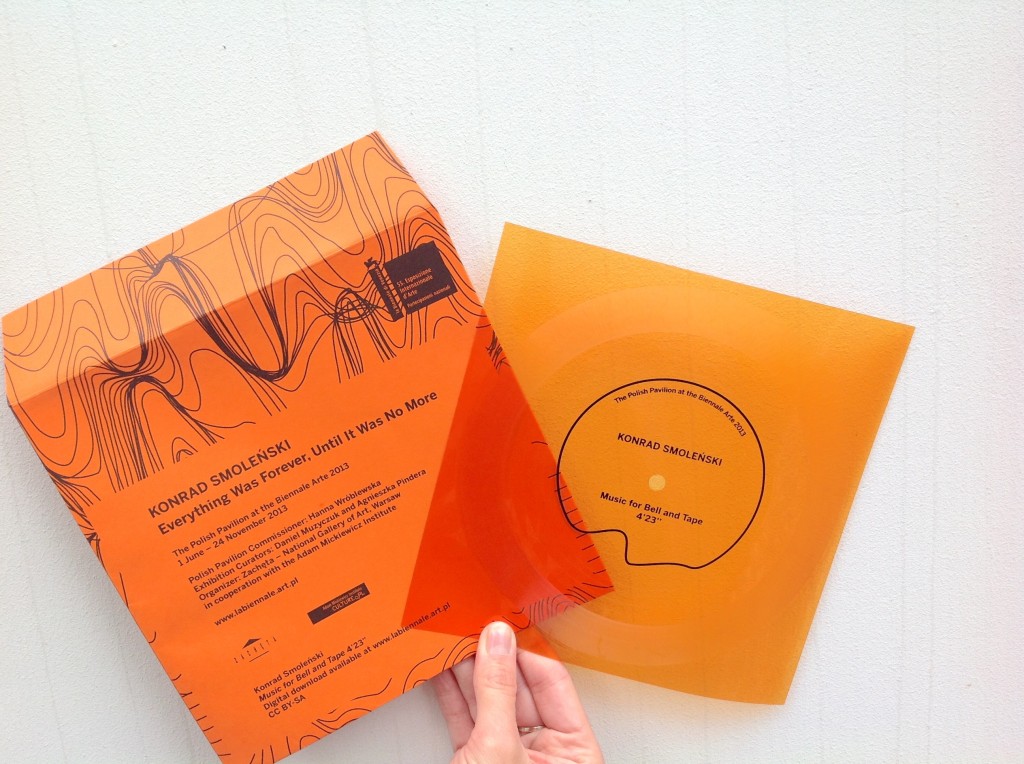
Konrad Smoleński, Music for a Bell and Tape, part of the installation “Everything Was Forever, Until It Was No More”, Polish Pavilion, Venice Biennale 2013, photo Contemporary Lynx
B.
Pavilion 0
Palazzo Donà,
Campo San Polo 2177, Venice
http://www.pavilion0.net/index.html
Pavilion 0 is a transnational project. The exhibition co-organized by Signum Foundation (Poznań/Venice) and Mediations Biennale Foundation (Poznań) does not proclaim any new idea of art nor a futurist vision of what is to come, but presents a maze of intuitions pertaining to the constantly unravelling future.
Among the 26 international artists 11 are from Poland:
Andrzej Bednarczyk, Dorota Chilińska, Andrzej Wasilewski, Maciej Rudzin, Michał Martychowiec, Wojciech Puś, Angelika Markul, Robert Kuśmirowski, Małgorzata Goliszewska, Nicolas Grospierre, Dariusz Kowalski

Andrzej Bednarczyk, author of the installation “Great Collider Of World’s Navels II, 2013, Pavilion 0, photo Lynx
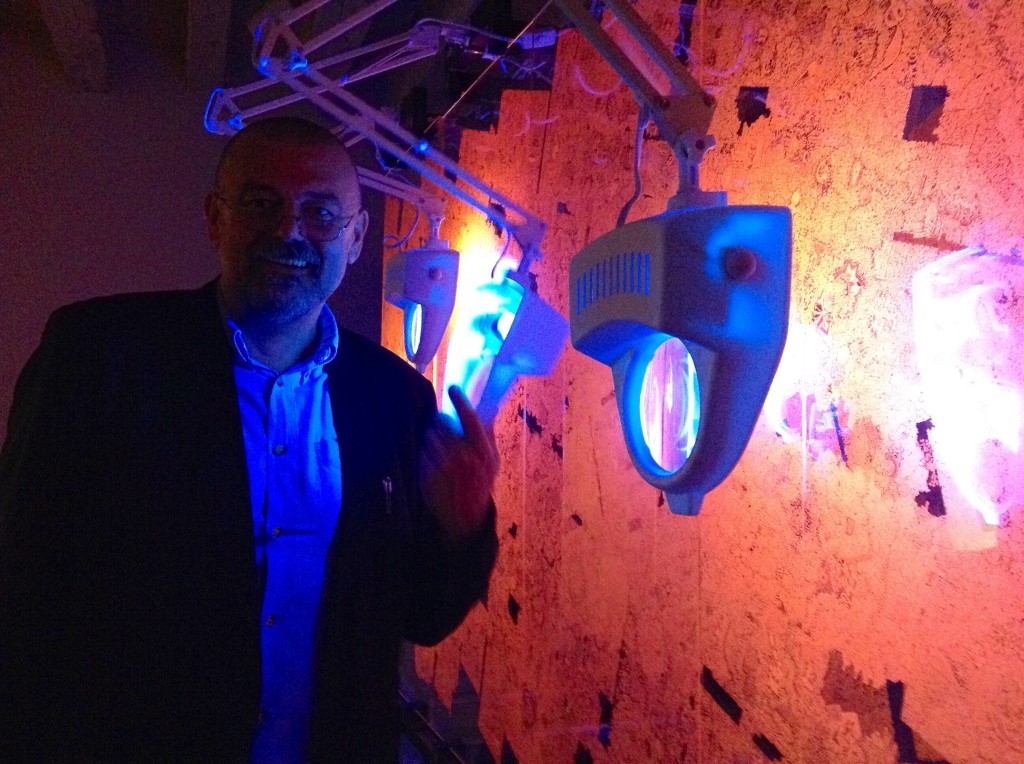
Andrzej Bednarczyk, with his installation “Great Collider Of World’s Navels II, 2013, Pavilion 0, Palazzo Dona, Venice 2013, photo Contemporary Lynx

Andrzej Bednarczyk, “Great Collider Of World’s Navels II, 2013, Pavilion 0, Palazzo Dona, Venice 2013, photo Contemporary Lynx

Michał Martychowiec “How Far Can You See” Pavilion 0, Palazzo Dona, Venice 2013, photo Contemporary Lynx
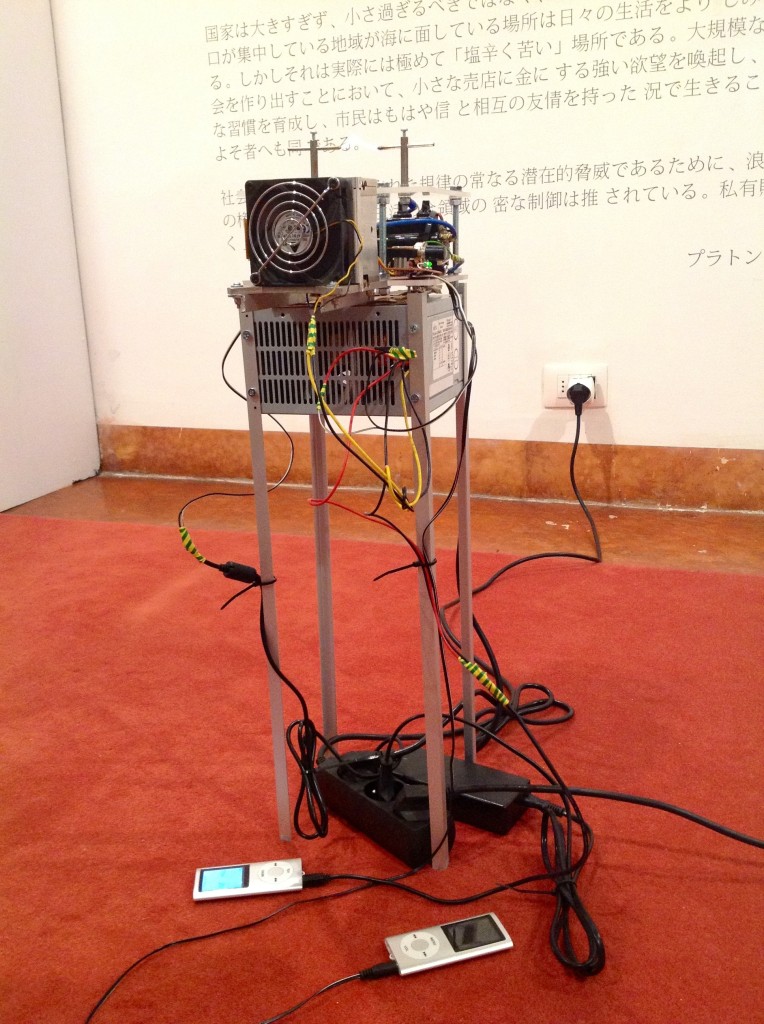
Andrzej Wasilewski, installation at Pavilion 0, photo Lynx
C.
Natalia LL
The Grammar of The Body
Galeria Upp
Giudecca 282
30133 Venice
http://www.labiennale.org/en/art/exhibition/55iae/
Galeria Upp presents the solo show of one of the most famous Polish artist – Natalia LL.
Through the penetration of the subject/object body, Natalia Lach-Lachowicz develops visual archives and photographic series, that are radical and direct consequences of an artistic approach built around a forceful feminist personality. Registering a state means, above all, describing relationships and transmitting women’s resistance, power, and infinite nobleness, revealed now as sexually active women. With irony and spontaneity, Natalia LL records and classifies ordinary attitudes and behavior, turning them into new, absolute semantic and morphological structures of signs, making it possible to create and clarify new expressive meanings and focal points. By introducing minimal changes in the structure of signs, she opens artistic perception to the linguistic-grammatical parameters of art itself. Formal appearance and substance collide. Natalia LL’s visual code is built on oppositions.

Solo exhibition of Natalia LL, “The Grammar of The Body” UPP Gallery in Venice, photo Lynx

Caterina de Cesero – Director of Upp Gallery with vintage photography by Natalia LL, Venice, photo Lynx
D.
Paweł Althamer and Anatoly Osmolovsky
Parallel Convergences
Casa dei Tre Oci
Giudecca 43, Venice
This unique project brings together for the first time the work of these artists—one Polish and the other Russian—both of whom are from the generation shaped by the decisive shift from communism to post-communism whose work share many interesting parallels. Despite the different forms and media they adopt—ranging from sculpture, installation and video, to more politically engaged actions and social forms of practice—the work of both artists often pivots around the idea of the body and modes of perception.
Paweł Althamer (b. 1967, Warsaw) is represented by works that embody some of the main concerns tackled in his work: collaboration, self-portraiture and the centrality of subjective human experience.
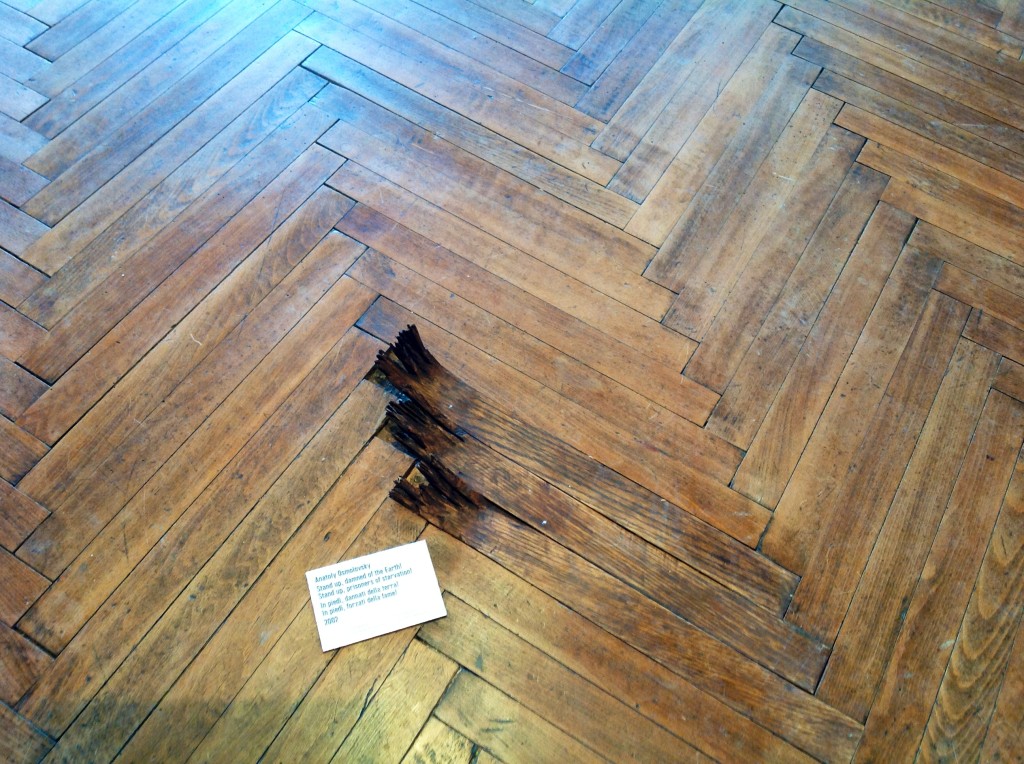
Exhibition of Paweł Althamer and Anatoly Osmolovsky: Parallel Convergences curated by Nicholas Cullinan, Casa dei Tre Oci, Venice 2013, photo Contemporary Lynx

Exhibition of Paweł Althamer and Anatoly Osmolovsky: Parallel Convergences curated by Nicholas Cullinan, Casa dei Tre Oci, Venice 2013, photo Contemporary Lynx

Exhibition of Paweł Althamer and Anatoly Osmolovsky: Parallel Convergences curated by Nicholas Cullinan, Casa dei Tre Oci, Venice 2013 photo Lynx
E.
„Il Palazzo Enciclopedico”
Paweł Althamer, Mirosław Bałka, Jakub Julian Ziółkowski oraz Artur Żmijewski
Central Pavilion (Giardini)
and Arsenale
http://www.labiennale.org/en/art/exhibition/55iae/
The title chosen by curator Massimiliano Gioni for the 55th International Art Exhibition is Il Palazzo Enciclopedico / The Encyclopedic Palace. Massimiliano Gioni introduced the choice of theme evoking the Italo-American self-taught artist Marino Auriti who “on November 16, 1955 filed a design with the US Patent office depicting his Palazzo Enciclopedico (The Encyclopedic Palace), an imaginary museum that was meant to house all worldly knowledge, bringing together the greatest discoveries of the human race, from the wheel to the satellite. Auriti’s plan was never carried out, of course, but the dream of universal, all-embracing knowledge crops up throughout history, as one that eccentrics like Auriti share with many other artists, writers, scientists, and prophets who have tried – often in vain – to fashion an image of the world that will capture its infinite variety and richness.”

Paweł Althamer, Venetians, 2013, Il Palazzo Enciclopedico, Venice Biennale 2013, photo Contemporary Lynx
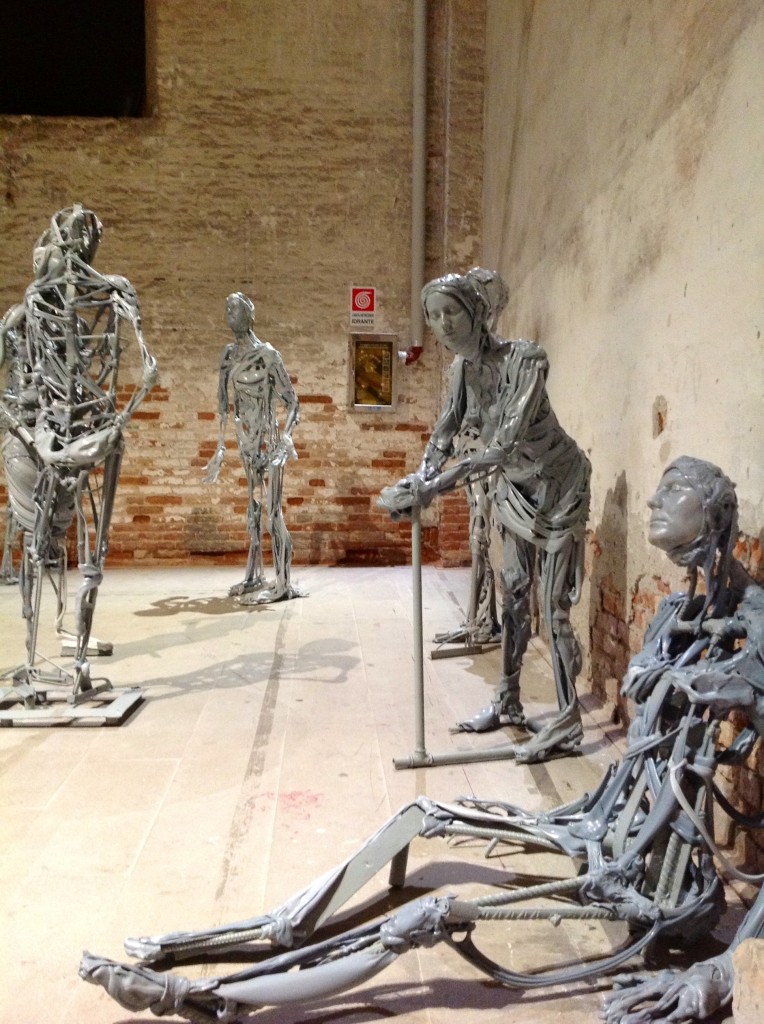
Paweł Althamer, Venetians, 2013, Il Palazzo Enciclopedico, photo Lynx
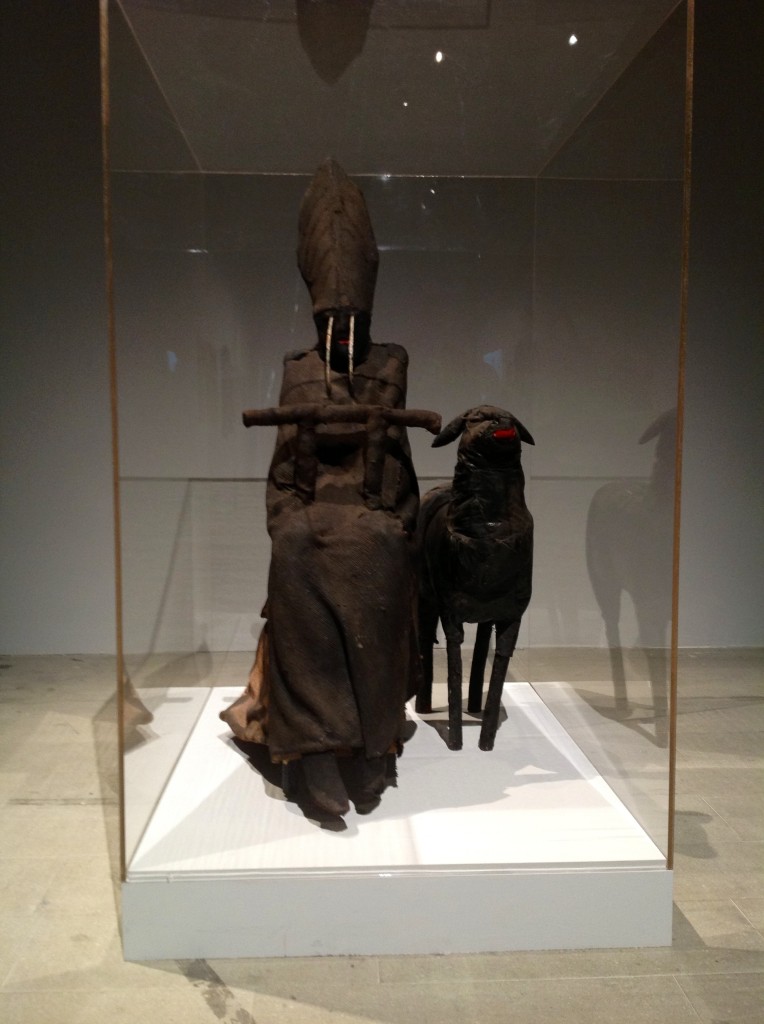
Miroslaw Balka, “Czarny Papiez i Czarna Owca”, 1987, Pavilion 0, photo Lynx
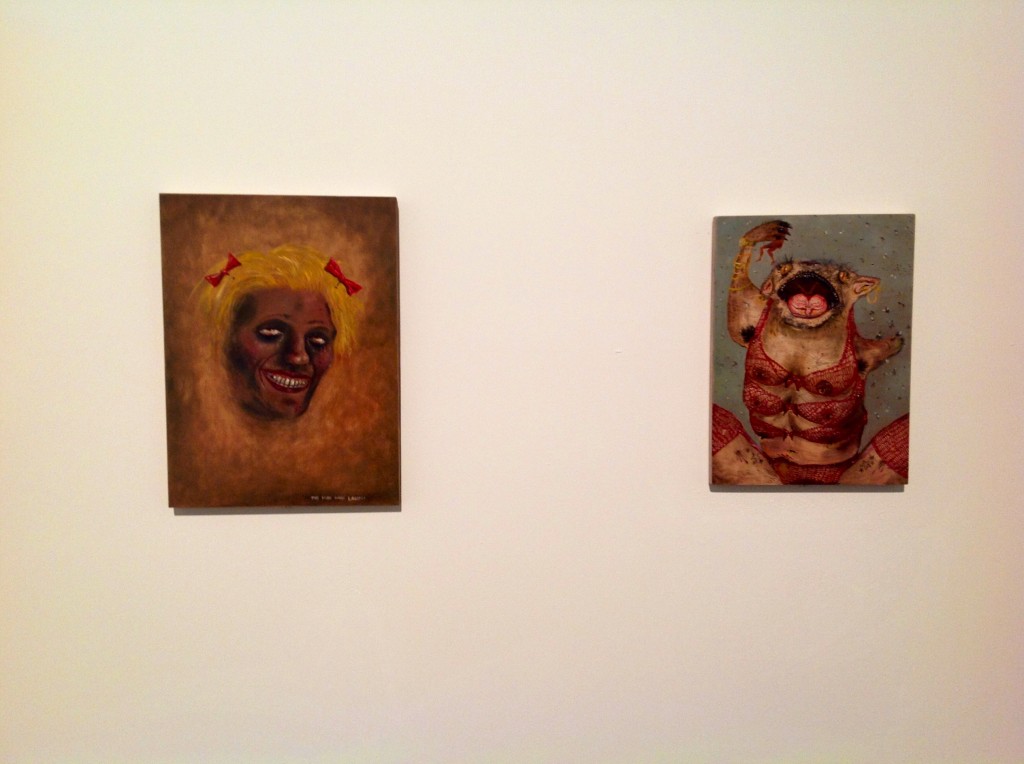
Jakub Julian Ziółkowski’s arwork at Il Palazzo Enciclopedico, Venice Biennale 2013, photo Contemporary Lynx
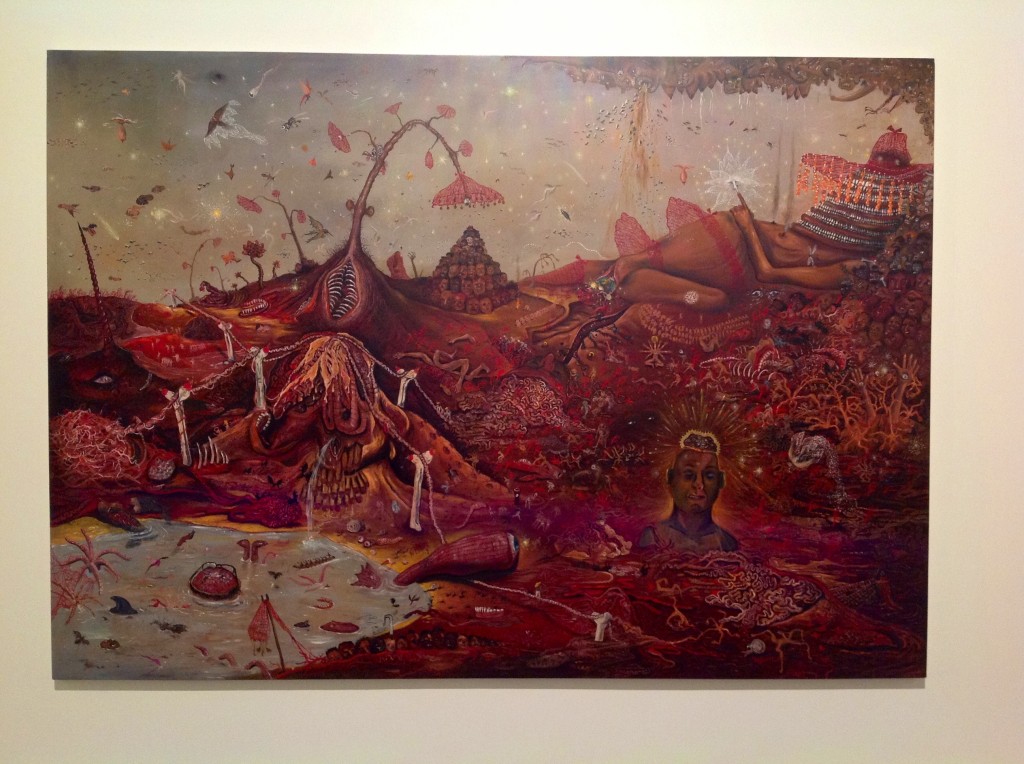
Jakub Julian Ziółkowski’ painting at Il Palazzo Enciclopedico, Venice Biennale 2013, photo Contemporary Lynx
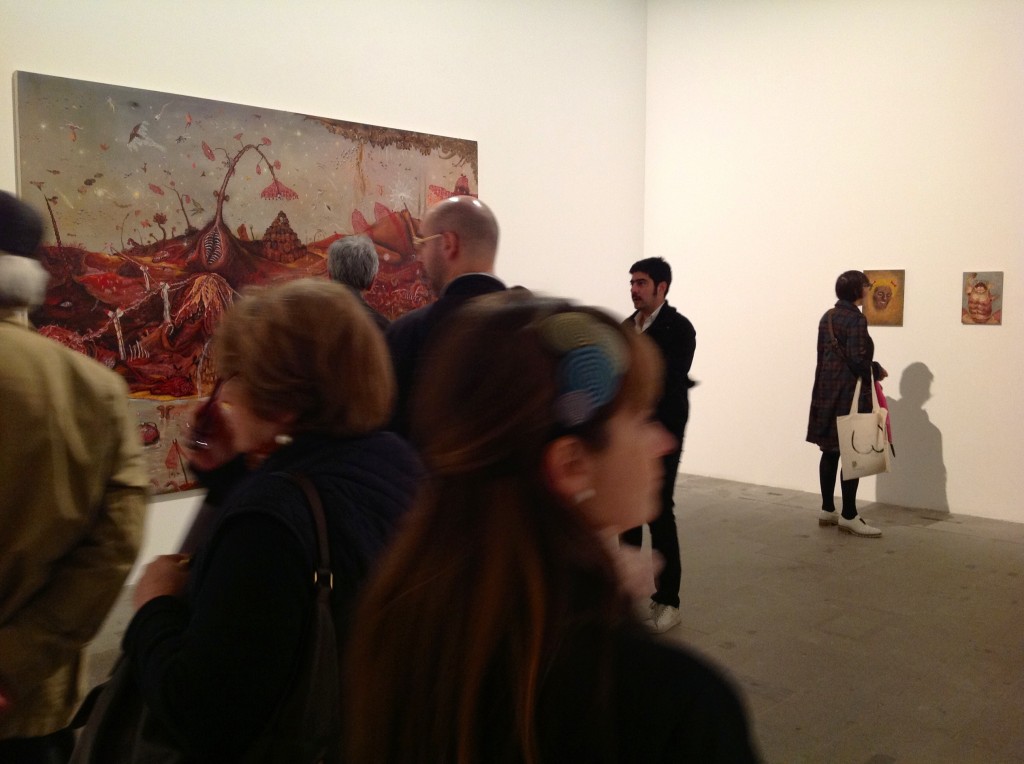
Jakub Julian Ziółkowski’s artwork at Il Palazzo Enciclopedico, Venice Biennale 2013, photo Contemporary Lynx
F.
Peripheries of Europe, Europe of Peripheries
Fondamenta San Gioachin 490, Venice
The inauguration of the Propaganda Foundation’s project “Peripheries of Europe, Europe of Peripheries” takes place during the preview of forthcoming 55th Venice Biennale in Venice. It’s a very interesting initiative to develop new tools, and strategies for operating in changing art world where peripheral areas are taking over diminishing centers. Over the course of next three years Foundation will conduct series of conferences, publications and activities leading to establishment of decentralized network of people and institutions dedicated to shifting the balance from old to new.
G.
“The Future Generation Art Prize@Venice”
Agnieszka Polska
Palazzo Contarini Polignac
Dorsoduro 875, Venice
http://pinchukartcentre.org/en/exhibitions/current/22720
The Victor Pinchuk Foundation and PinchukArtCentre presents The Future Generation Art Prize@Venice 2013, Collateral Event of the 55th International Art Exhibition – la Biennale di Venezia. The exhibition includes the 21 artists, from 16 different countries, who were shortlisted in the second edition of the first global art prize for artists up to 35.
Among the 21 international artists there is Agnieszka Polska , who is one of the most interesting Polish artists of the young generation.

Agnieszka Polska, “My Favourite Things “, 2010, video, 05:35, The Future Generation Art Prize@Venice, Venice Biennale 2013, photo Lynx

Agnieszka Polska, “My Favourite Things “, 2010, video, 05:35, The Future Generation Art Prize@Venice, Venice Biennale 2013, photo Contemporary Lynx
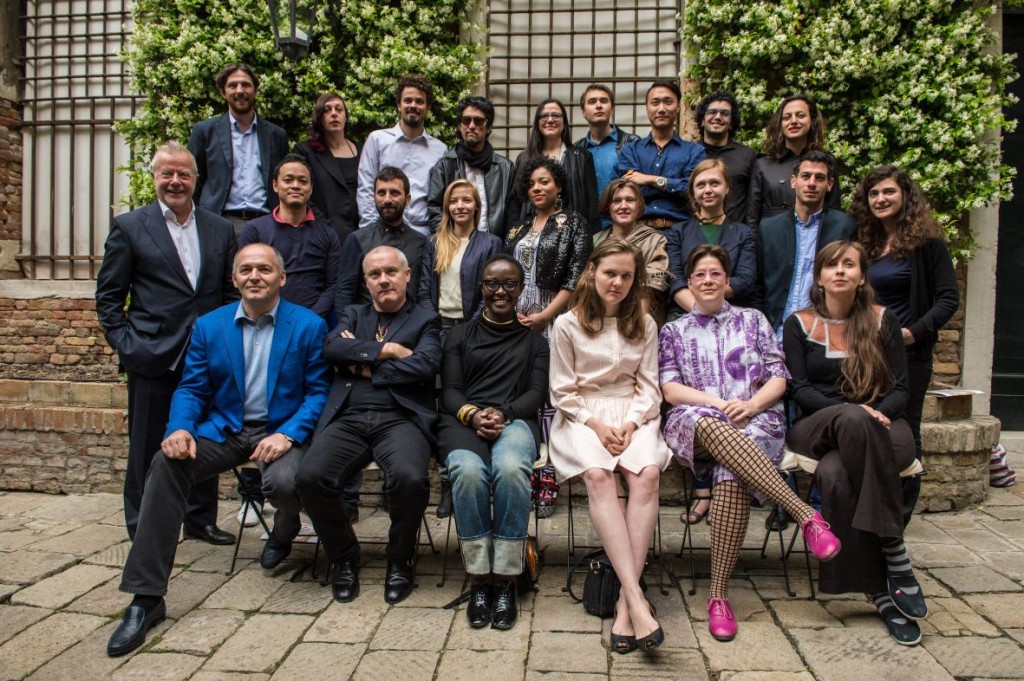
21 Artists participating in the project, The Future Generation Art Prize@Venice, Venice Biennale 2013, photographs provided by the PinchukArtCentre © 2013. Photographed by Sergey Illin
words: Dobromila Blaszczyk







